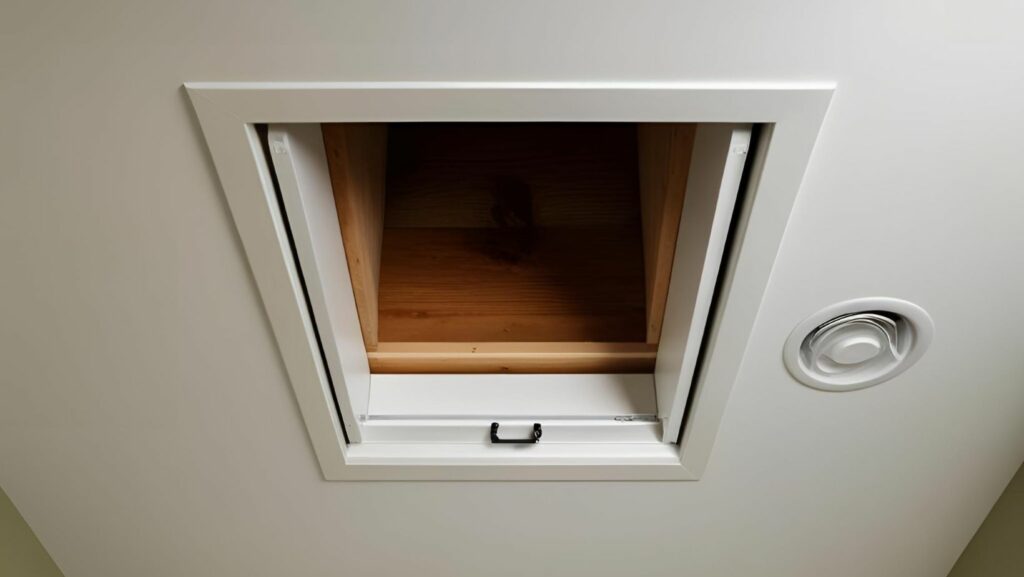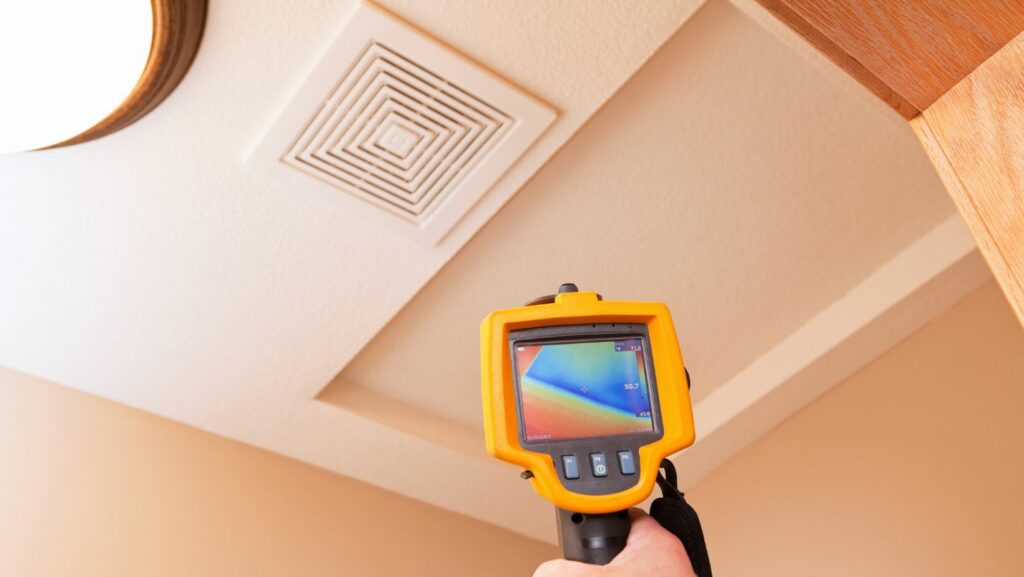
The Key Role of a Ceiling Attic Access Door in Modern Homes
Imagine a beautifully designed modern home disrupted by a bulky attic hatch that clashes with the sleek, minimalist aesthetic. It can feel like an unwelcome blemish on the space, undermining the visual harmony that thoughtful design aims to achieve.
Ceiling attic access doors offer a stylish solution, blending functionality with elegance. With paintable surfaces, concealed hinges, and automated options, they provide easy access while maintaining a cohesive modern look.
These doors are designed to disappear into the ceiling, allowing the architecture to take center stage without sacrificing practicality. They’re a smart, discreet upgrade for commercial managers, builders, and homeowners who value form and function.
Effortless Integration: Merging Function With Aesthetic Appeal
Interior designers must transform interiors into captivating, functional spaces. But traditional attic hatches often clash with modern homes’ sleek lines and open layouts. In contrast, modern ceiling access doors are an elegant solution that integrates with the ceiling, elevating the design aesthetic.
Modern ceiling attic access doors feature a frame-free design that enhances room flow. They can be painted to match ceilings for a unified look and have hidden hardware for a polished appearance. Available in materials like brushed aluminum and textured finishes, these doors suit various decor styles, making them ideal for interior designers and architects.
Building Performance: Elevating Energy Efficiency
Architects focus on improving energy efficiency in buildings, particularly at the ceiling attic access doors. If these doors aren’t insulated and sealed properly, they can become a major source of energy loss.

Modern access doors typically use advanced insulation materials like polystyrene (R-value of R-3 to R-5 per inch) or fire-resistant mineral wool (R-value of R-3 to R-4 per inch). Choosing the right R-value for your climate helps minimize heat loss and can contribute to LEED certification.
Sealing the door’s perimeter with weather stripping or foam insulation is crucial to eliminating air leaks, reducing drafts, and addressing moisture issues. This approach enhances the efficiency of heating and cooling systems, creating a more comfortable and sustainable living environment.
Safety and Accessibility: Essential Functionality for Well-being
Safety and accessibility are essential in modern home design, and attic access doors are vital. Innovations have turned heavy wooden panels into lightweight aluminum or steel options with gas struts or spring-loaded hinges for easy use and reduced risk of slamming. Secure latching systems enhance safety for homes with children or pets.
Following building codes like the International Residential Code (IRC) ensures safe attic access for maintenance and emergencies.
Storage and Futureproofing: Ensuring Effortless Access
Ceiling attic access doors are essential for improving storage and functionality in houses. Effective access solutions are needed to create smarter living spaces.
Flush-mounted access doors blend into living areas, reducing visual clutter. Placing them in hallways or less-used spaces keeps them discreet while meeting building codes. This thoughtful design enhances aesthetics and allows the safe movement of stored items.

Going for durable materials like stainless steel or aluminum helps prevent warping and rust. A heavy-duty door with reliable hardware ensures longevity, reduces repair needs, and increases project value, offering people a strong return on their investment.
Seamless Specification: Elevating Your Design Workflow With Attic Access
Interior designers and architects must focus on attic access doors early in the project planning. Doing so helps prevent costly mistakes, maximizes spatial efficiency, and ensures coordination with structural elements. Addressing this detail from the outset also streamlines material selections and eliminates potential conflicts.
Making the Attic Access Door a Design Focus
The attic access door is crucial in modern homes, serving both functional and aesthetic purposes. A well-designed door can minimize energy loss, enhance safety, and offer extra storage. By prioritizing this feature, designers can create attractive and practical spaces, highlighting attention to detail that enhances a property’s appeal and functionality.
